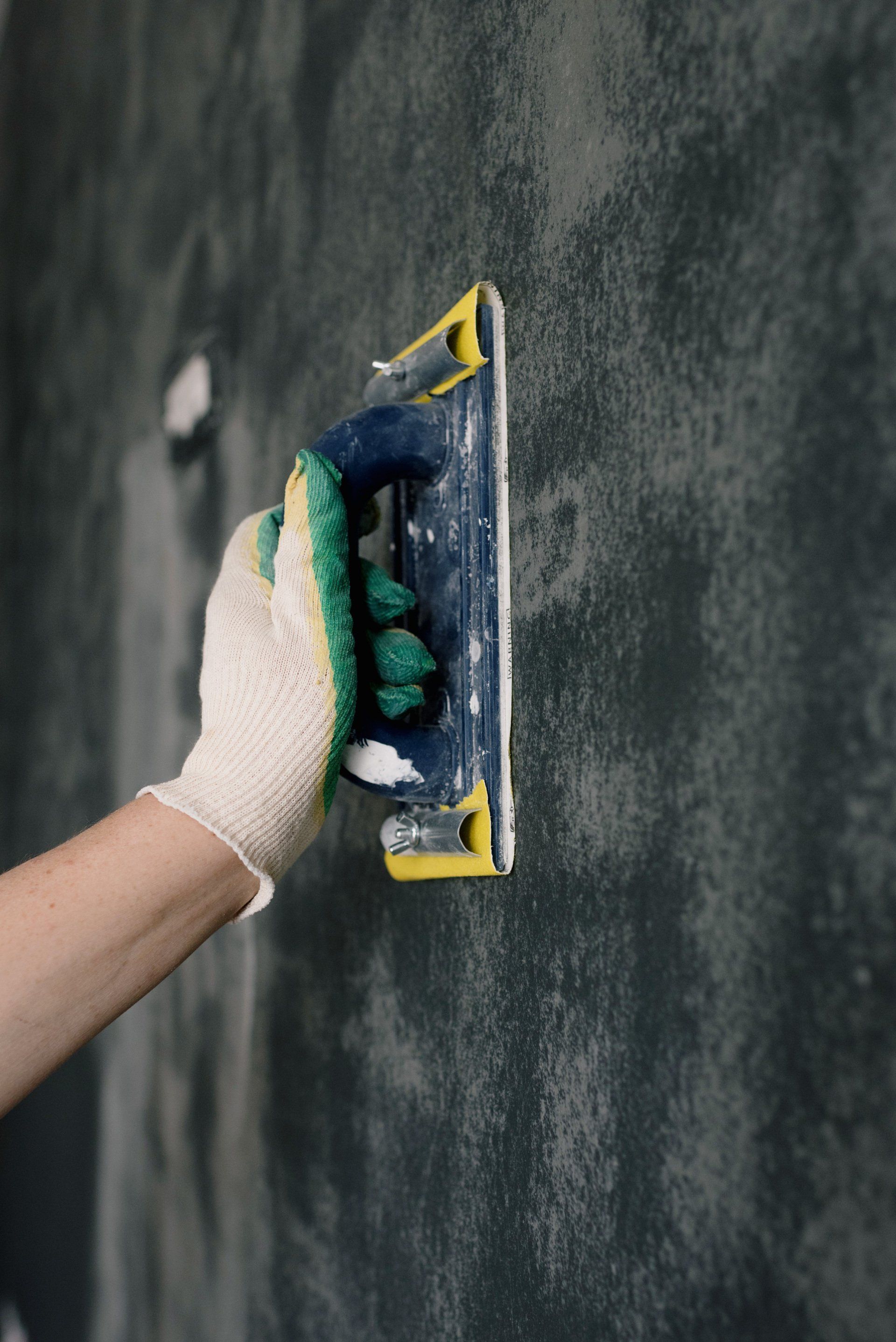Seal the Deal: Innovative Waterproofing Techniques for Your Basement
Transform Your Damp Space into a Dry Haven with Advanced Waterproofing Solutions
Basements are often the most overlooked areas of our homes, yet they hold immense potential for additional living space, storage, or even as an entertainment area. However, the threat of water damage can turn this potential into a nightmare, leading to mold, mildew, and structural damage. Waterproofing your basement is not just a preventive measure; it's an investment in the health, safety, and value of your home. This guide delves into innovative waterproofing techniques that ensure your basement remains dry, functional, and free from the woes of water intrusion.

Understanding Basement Waterproofing
Basement waterproofing involves techniques and materials used to prevent water from penetrating the basement of a house or a building. Waterproofing is crucial for basements below ground level where soil moisture can lead to dampness or water leakage through walls and floors.
The Science Behind Water Infiltration
Water infiltration in basements can occur through various means: cracks in the foundation, improper drainage, hydrostatic pressure, and capillary action. Recognizing the source of water is the first step in addressing any waterproofing issue.
External Waterproofing Techniques
External waterproofing is often considered the most effective method to prevent water from entering the basement. It involves excavating around the house to the foundation's footings and applying a waterproof coating or membrane. Here are some innovative external waterproofing techniques:
Liquid Rubber Foundation Sealant: A flexible, durable sealant applied to the exterior walls of the foundation, creating a waterproof barrier against moisture.
Bentonite Clay Waterproofing: Bentonite, a natural clay, swells upon contact with water, forming a pressure-tight barrier against water intrusion.
French Drain Systems: Installed around the foundation perimeter, these drains redirect water away from the foundation, preventing hydrostatic pressure build-up.
Internal Waterproofing Solutions
While external waterproofing tackles water intrusion from the outside, internal waterproofing addresses water that has already entered the basement. These solutions are ideal for situations where external waterproofing is not feasible.
Interior Sealants: Applied to the basement walls and floors, these sealants block minor infiltrations of humidity and water.
Waterproof Coatings: These thick coatings can be applied directly to wet walls and floors, sealing them from water ingress.
Drainage Systems: Interior drainage systems capture water entering the basement and divert it away, usually involving a sump pump for effective water removal.
Innovative Waterproofing Materials
Advancements in technology have introduced new materials that enhance waterproofing effectiveness:
Crystalline Waterproofing Technology: This involves the use of a chemical admixture that reacts with water and concrete to form insoluble crystals, filling in the pores, cracks, and voids in concrete.
Polyurethane Liquid Membranes: Flexible, durable, and resistant to weathering, these membranes offer a seamless waterproof layer when applied to foundations.
Waterproofing Techniques for Concrete Blocks
Concrete block foundations are particularly susceptible to water infiltration through the joints and walls. Techniques such as the application of elastomeric coatings and the installation of interior weeping tile systems can prevent water from penetrating these structures.
Preventative Measures and Maintenance
Preventative maintenance plays a crucial role in basement waterproofing. Regularly cleaning gutters, ensuring proper landscape drainage, and inspecting the foundation for cracks can prevent water damage.
The Role of Professional Assessment
A professional waterproofing assessment can identify potential risks and recommend the most effective solutions tailored to your home's specific needs. Experts can offer insights into the best combination of techniques and materials for long-lasting protection.
Conclusion
Waterproofing your basement is a critical step in protecting your home from the damaging effects of moisture and water intrusion. With the array of innovative techniques and materials available today, homeowners have the tools to effectively seal their basements against water. By understanding the sources of water infiltration and employing a combination of external and internal waterproofing solutions, you can transform your basement into a dry, healthy, and usable space. Remember, waterproofing is not just a measure of protection; it's an investment in your home's future.
Protect Your Investment from Structural Damage, Water & Mold Serving the Tri-Sate Area
PA License #PAHIC169133
DE License #2022707501
NJ License #13VH12234100
Hours of Operation
Mon to Fri 7am to 7pm
Sun to Sun: 7am - 7pm
©Philadelphia Foundation Repair & Waterproofing

